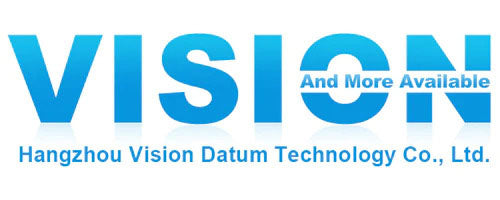We interviewed workers in dental laboratories or clinics, and they complained about some issues. For some patients, prolonged mouth opening, tongue immobilization, or pressure from the teeth can cause pain and intolerance. Worst of all, dental scans can take a long time, making it difficult to obtain complete images and data due to patient non-cooperation or instrument limitations. When this happens, it's frustrating for you, and it's frustrating for me.
But the fact is, maybe you don't have the help of a professional industrial camera to complete the task. Next, I would like to tell you about camera selection, principles, and scenarios.

Application scenarios
- Tooth scanning and model reconstruction: The high-resolution image acquisition capabilities of industrial cameras can be used to obtain three-dimensional data on the tooth surface and generate digital tooth models. This is useful for applications such as making dental crowns, straightening teeth, and designing dental socket screws.
- Periodontal assessment and lesion detection: Industrial camera technology can help dentists identify diseases and abnormalities in teeth and periodontal tissue, such as periodontitis, gingivitis, etc. Analysis and comparison of images allows for more accurate condition assessment and treatment planning.
- Intradental treatment and root canal treatment: Industrial cameras can provide clear, detailed images to help dentists accurately locate and evaluate treatment effects when performing intradental treatment and root canal treatment.
- Cosmetic restoration and dental aesthetic design: Through the three-dimensional image data of industrial cameras, more precise dental aesthetic design and restoration, such as dentures, dental crowns, etc., can be carried out.
This not only improves diagnostic accuracy and treatment precision, but also improves patient comfort and treatment effectiveness.

How to choose:
- USB3 interface supports any given PC connection in a dentist or dental laboratory clinic
- Trigger function can be synchronized with structured lights/strobes or multiple cameras
- Accuracy of 5 - 15 µm is required to create reliable data points on oral detail and depth
- Intraoral scanning requires at least 25 fps to avoid motion artifacts during scanning
- The design of the camera needs to be small and even a custom circuit board design can be used to mount the camera into the scanner

Working principle:
Structured light projection: Industrial cameras use a structured light projection system, including a light source and a grating. The light source will project structured light, which will form a grating pattern through the scratches of the grating. This raster pattern is projected onto the tooth surface.
Tooth surface reflection: The tooth surface will reflect the grating pattern projected on it. When the reflected light passes through the tooth surface, it will be affected by the shape and curved surface of the tooth and cause distortion.
Camera captures image: An industrial camera captures the grating pattern reflected from the surface of the tooth. Sensors in the camera sense distortions in the grating pattern and convert them into electrical signals.
Image processing: By processing the images captured by the camera, the shape of the tooth surface can be reconstructed. The image processing algorithm calculates the three-dimensional coordinate data of the tooth surface based on the distortion of the grating pattern.
Tooth model generation: Based on the three-dimensional coordinate data obtained through image processing, a three-dimensional model of the tooth can be generated. These models can be used to analyze, diagnose and develop appropriate treatment plans.
Through the principle of structured light projection, industrial cameras can obtain the shape information of the tooth surface quickly and without contact. This method can provide high-precision, high-efficiency solutions for applications such as dental examinations, digital dental impressions, and orthodontics.

